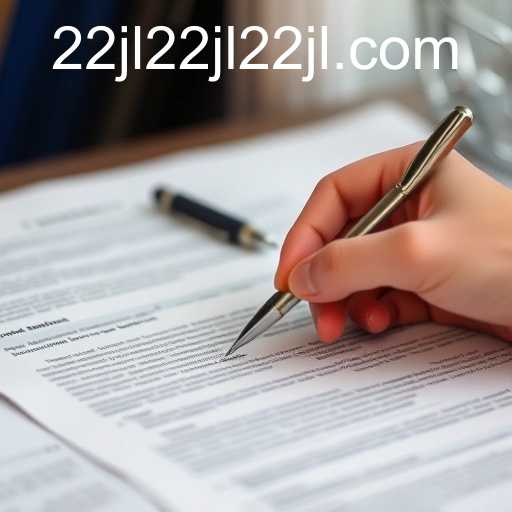User Agreements: Navigating the "22jl" Clause
User agreements are a fundamental component in the interaction between service providers and users. These legal documents, often termed as End User License Agreements (EULA) or Terms of Service (ToS), outline the rights and responsibilities of both parties. A crucial yet sometimes overlooked aspect in these agreements is the enigmatic "22jl" clause, which has sparked interest for its unique stipulations.
What is a User Agreement?
A user agreement is a legally binding contract between the service provider and the user. It sets the parameters of usage, detailing what users can and cannot do while interacting with the service. These agreements typically cover a wide range of topics such as data privacy, limitations of liability, and dispute resolution mechanisms. However, amongst these familiar terms, there emerges a particular clause of interest – the "22jl".
The "22jl" Clause Explained
The "22jl" clause is not a standard element in all user agreements. Its inclusion is deep-rooted in specific industries, possibly technology or media sectors, where particular terms or conditions are necessary to protect intellectual property or ensure regulatory compliance. Of course, understanding the specifics of "22jl" requires delving into its contextual application.
Origin and Intent
The origin of the "22jl" clause remains somewhat obscure, suggesting a tailored approach to meet certain industry requirements. Its intent, however, often revolves around safeguarding proprietary technology or fostering compliance with innovative operational models.
Key Elements of User Agreements
For context, understanding how "22jl" fits into a broader agreement is crucial. Consider the essential components that generally constitute user agreements:
- Access and Use: Permissible use and restrictions are outlined, informing users about acceptable behaviors when using the service.
- Intellectual Property: Rights related to content creation, sharing, and ownership fall under this category.
- Data Protection: Vital for user trust, which specifies how user data is collected, stored, and used.
- Liability Limitations: Defines the boundaries of liability, protecting the provider from excessive legal exposure.
- Dispute Resolution: Mechanisms for managing conflicts, including arbitration clauses or jurisdictional guidelines.
The Role of "22jl" in the User Agreement Framework
The "22jl" clause, when viewed in conjunction with surrounding elements, often serves a specialized function. This could range from addressing niche regulatory requirements to introducing unique limitations that are industry-specific. It could act as an additional layer of protection or guidance that helps bridge gaps not covered by more generic clauses.
Why It Matters
Many users bypass reading detailed agreement clauses, focusing only on the obvious sections that impact them directly. However, understanding nuanced clauses like "22jl" is crucial for informed decision-making. If such a clause dictated specific conditions under which user-generated content could be used by the provider, its implications could be substantial.
Interpreting the "22jl" Clause
Users and service providers alike should exercise diligence in understanding "22jl". Key strategies include intensive review from legal experts familiar with the industry context or seeking clarifications from the provider. A pertinent step would involve verifying how this clause aligns with overarching service objectives and operational mandates.
Conclusion: Analyzing User Agreements with an Emphasis on "22jl"
The inclusion of the "22jl" clause within a user agreement encapsulates the ever-evolving nature of service provider-user dynamics. It reflects the need for user agreements to adapt, incorporating specific terms that address niche challenges effectively. In-depth exploration and understanding of such clauses empower users to make informed decisions, ultimately fostering a more transparent, trustworthy environment for engagement with services.








